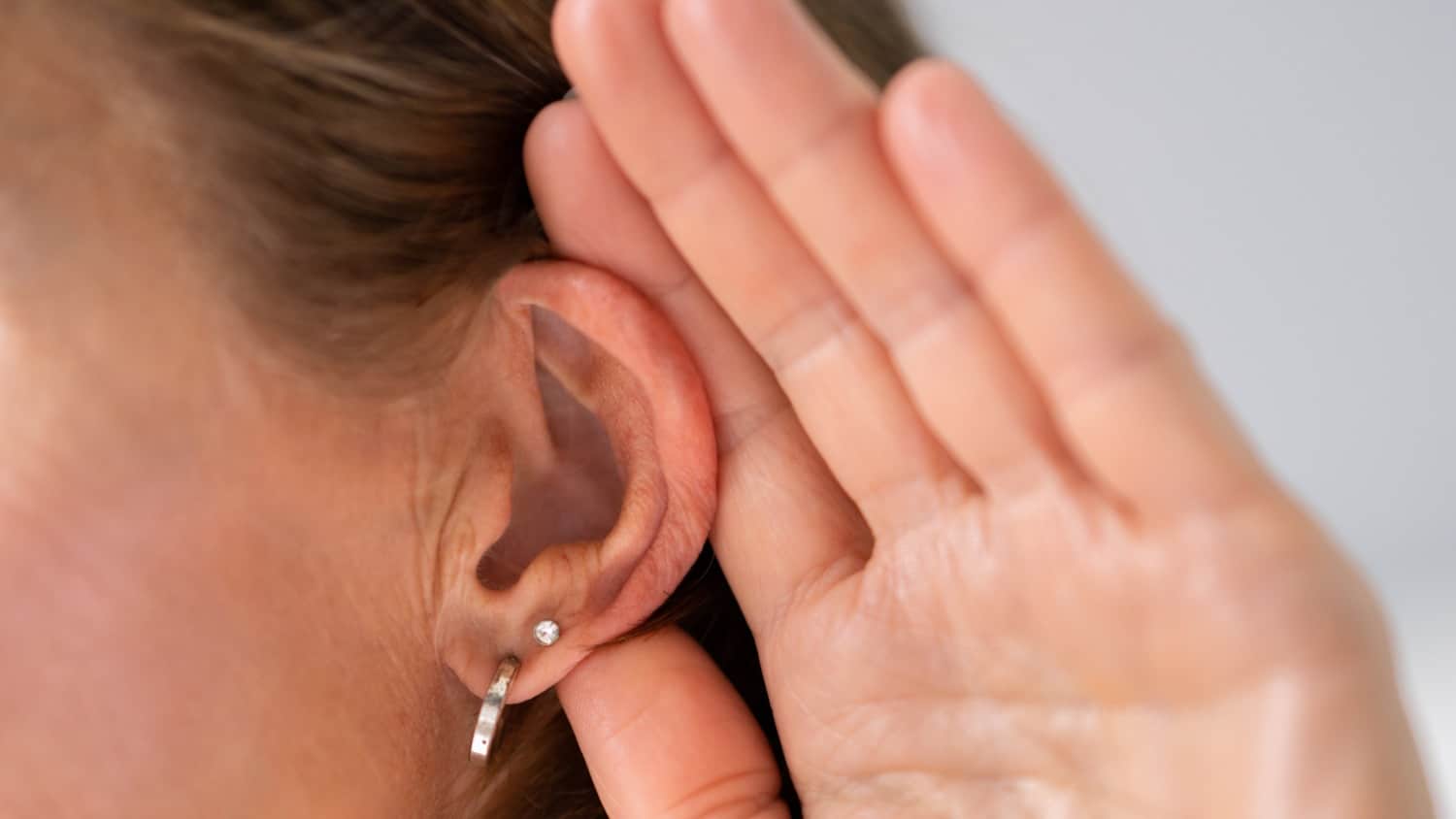
Why Incontinence Is Not a Normal Part of Aging
Have you noticed how many ads on television promote the use of products for bladder control problems? And do you realize that nearly all of these ads are directed at women, even though many men experience bladder leakage, too?
While I’m grateful that these products exist, the ads often make me cringe. Typically, they portray bladder leakage (incontinence) as a normal and unavoidable part of becoming an older woman. This is far from the truth.
It is true that there are some forms of incontinence that are irreversible. However, many types of bladder control problems can improve or be corrected with proper treatment.
Today, let’s look at the three most common types of bladder incontinence and possible treatments. Note that some people experience a combination of these conditions.
Stress Incontinence
Bladder leakage occurs when you laugh, cough, sneeze, lift something heavy or during exercise. This results from weakening of the muscles that support the bladder and other pelvic organs.
The most common cause is childbirth. In addition, it can result from abdominal surgeries such as a hysterectomy.
Situations that put pressure on the bladder make it worse. Women often experience stress incontinence during pregnancy due to pressure on the bladder from the baby.
Treatments:
- Kegel exercises are used to strengthen the pelvic floor muscles. These can be challenging to learn, so don’t be afraid to ask your medical provider for advice.
- A device called a pessary is worn to help support the pelvic organs.
- If other treatments aren’t effective, surgery may be necessary.
Lifestyle changes often help decrease stress incontinence. Reaching and maintaining a healthy weight is important. Carrying too much weight puts excess pressure on the bladder.
Another approach is to prevent constipation. Repeatedly straining while having a bowel movement can weaken the muscles that support the pelvic organs.
A chronic cough resulting from smoking may worsen stress incontinence. In addition, smoking increases one’s risk of developing bladder cancer.
Overflow Incontinence
If you have overflow incontinence, your bladder doesn’t empty completely. This results in dribbling of urine between trips to the toilet.
Blockages in the bladder – stones, tumors, etc. – neurological problems, weakened bladder muscles, and some medications may cause overflow incontinence.
Treatments:
- Use of the double-voiding technique, that is, use the toilet, walk around in the bathroom for a few minutes and then try to urinate again.
- Surgery to correct the underlying problem.
- Intermittent catheterization (inserting and removing a catheter several times a day).
Urge Incontinence
With this condition, you feel a sudden and urgent need to urinate, and you might not make it to the toilet in time. During urge incontinence the bladder contracts involuntarily. You may have heard this referred to as overactive bladder.
A common cause of urge incontinence is a urinary tract infection. You can help prevent UTIs by wiping from front to back when using the toilet, wearing cotton underwear and drinking plenty of fluids.
Some people find that certain foods or chemicals cause bladder irritation and may worsen urge incontinence. Caffeine is one of the most common culprits. Artificial sweeteners, acidic foods or spicy foods also cause problems for certain people.
Medications are often used to treat urge incontinence. As with any medication, there are potential side effects, so be sure you understand the risks and benefits.
Lifestyle changes also may be helpful. This includes such things as using the toilet on a specific schedule and practicing relaxation techniques.
People often cut back on fluid intake believing it will reduce urge incontinence. However, this usually backfires. Overly concentrated urine becomes irritating to the lining of the bladder causing even more frequent urination.
I want to stress that a bladder control problem is not something to ignore due to embarrassment. Your physician won’t be shocked when you bring up the subject. They hear this concern frequently.
You also may wish to request a referral to a specialist. Depending on the cause of your bladder control problem, this could include a urologist, geriatrician or gynecologist.
Another great resource is a physical therapist. In my opinion, this is one of the best sources of help for bladder control issues. Unfortunately, most people aren’t even aware of this option. Look for a physical therapist with specialized training in managing incontinence.
Finally, it’s important to remember that early intervention often results in easier and more effective treatment. So, don’t put off seeking help in the hope that the problem will go away on its own.
What advice do you have for women who are beginning to experience bladder control problems? Is there a particular treatment that you’ve found helpful? Please share your tips in the comments below.







Very useful information! Thank you.